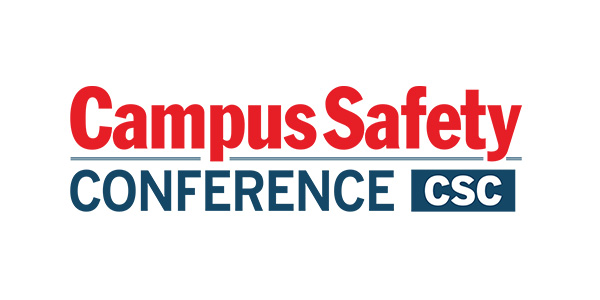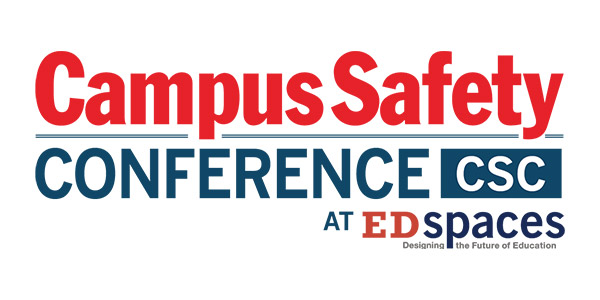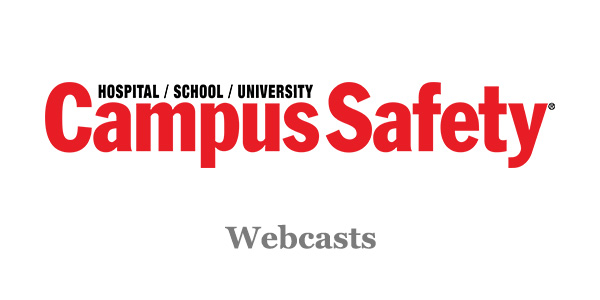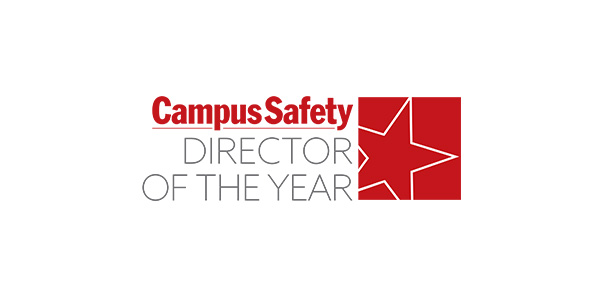Denver, Colo. — On Oct. 19, the U.S. Chemical Safety Board (CSB) released its final report into a January 7, 2010, chemistry laboratory explosion at Texas Tech University in Lubbock, Texas, recommending that the American Chemical Society develop new hazard evaluation guidelines for laboratories.
The report also calls on the Occupational Safety and Health Administration to issue a Safety Bulletin on the importance of controlling the physical hazards of chemicals in academic laboratories.
The accident occurred during the handling of explosive compounds and resulted in serious injuries to a graduate student. The case study — released via webinar — identifies systemic deficiencies in safety accountability and oversight by the principal investigators, the chemistry department and the university administration at Texas Tech. Furthermore, according to investigators there were also important gaps beyond the university itself, gaps which are addressed in the CSB’s safety recommendations.
“Research conducted at university laboratories is often on the forefront of technology and innovation,” said CSB Chairman Rafael Moure-Eraso. “It is important that this research continues and thrives. But it must be done within a strong safety culture based upon effective safety management systems where preventing hazards is an important value.”
In January 2010, two graduate students at Texas Tech University were conducting research funded by the U.S. Department of Homeland Security on energetic or explosive compounds; at the time of the accident a senior graduate student had been working on the project for about a year and was helping train a first-year graduate student. The students were tasked with synthesizing and performing tests on a new compound, a derivative of nickel hydrazine perchlorate (NHP).
The two principal investigators for the research believed they had verbally established a 100 milligram limit on the production of energetic materials, but the CSB investigation found there was no formal system for communicating this limit or verifying compliance. Few of the graduate students interviewed during the investigation believed that a strict 100 mg limit existed.
The CSB found that initially, the compound was made in small batches of less than 300 milligrams, but the two students were concerned about potential variability among different small batches of the compound which could affect later test results. They decided to scale up the synthesis to make a single batch of approximately 10 grams, enough for all of their testing. The graduate students believed that keeping the compound wet with a solvent would prevent it from exploding. After producing the larger batch, the more senior graduate student observed that it contained clumps that he believed needed to be broken using a mortar and pestle up prior to testing. As the pestle pressed against the compound, it detonated. The graduate student was seriously injured: his left hand severely damaged by the force of the explosion, causing the loss of three fingers, perforation of his eye, and cuts and burns to other parts of his body.
The CSB’s investigation determined there had been two previous near-misses within the laboratories of the same principal investigators since 2007. While no one was injured, CSB investigators concluded there were similarities in the causes of these previous incidents to the January 2010 explosion. But these key lessons were missed at the time of the earlier incidents.
“The CSB would like to see Texas Tech and really all universities create a tracking system to document the accidents that are happening within the university so that they can facilitate learning not just in the laboratory where the accident happened but in all laboratories,” said CSB Investigator Mary Beth Mulcahy.
As a result of the investigation, the CSB recommended that Texas Tech revise and expand its Chemical Hygiene Plan to ensure the physical hazards of chemicals are identified and controlled. In addition, the CSB recommended that Texas Tech develop and implement an incident and near miss reporting system which should document and communicate lessons learned from all laboratory near misses and incidents.
“The CSB is concerned with laboratory safety because when compared to industry it’s an area that is unregulated and lacks good practice guidance,” said Investigator Cheryl MacKenzie. “There is an OSHA laboratory standard requiring universities to create Chemical Hygiene Plans, but its focus is on exposure hazards and health hazards of the research work being conducted. We found that there is no comprehensive guidance for conducting hazard evaluations within the dynamic environment of academic research laboratories.”
In an effort to improve guidance in laboratories across the country, the CSB issued a recommendation to the Occupational Safety and Health Administration to develop a bulletin on the importance of controlling physical hazards of chemicals in academic laboratories. The Chemical Safety Board also recommended that the American Chemical Society develop a methodology for evaluating and controlling hazards in academic research laboratories.
“Comprehensive guidance would help researchers determine the most effective way to evaluate the hazards of their work,” said Investigator MacKenzie. “The CSB’s investigation concluded that the American Chemical Society is uniquely positioned to create guidance appropriate for an academic laboratory setting.”
In addition, the CSB’s case study identifies several key lessons meant to improve safety practices at all academic laboratories. “The CSB’s case study is a call to academia to examine internal safety policies and procedures for research labs,” Dr. Moure-Eraso said. “It’s also an opportunity for research funding agencies to require universities to ensure that effective safety systems are in place before awarding grants for scientific studies.”
The CSB investigation identified six key lessons for universities and others, including calling on universities to:
- Ensure that research-specific hazards are evaluated and then controlled by developing specific written protocols and training.
- Expand existing laboratory safety plans to address the physical hazards of chemicals
- Ensure that safety personnel report directly to a university official who has the authority to oversee research laboratories and implement safety improvements
- Document and communicate all laboratory near-misses and incidents to educate individuals and track safety at the university.
Related Articles:






